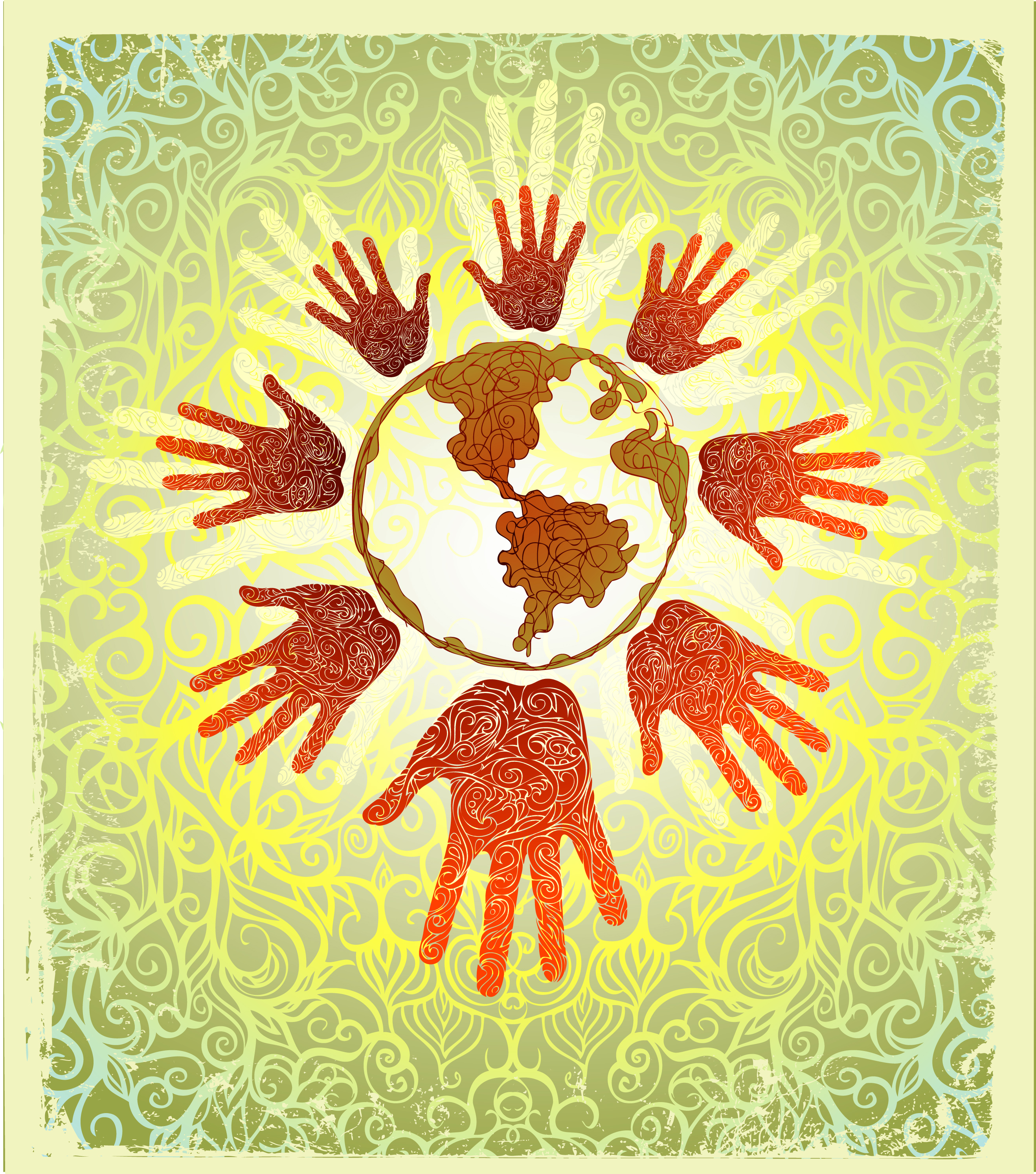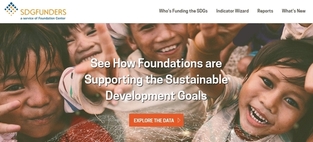Philanthropic Strategies for Difficult Times
Envision this – your foundation’s seemingly straightforward mission to work on ‘education for the girl child’ brings you face to face with the mammoth, deep-seated, millennial old problems of caste discrimination and misogyny in India. What do you do? How do you frame and conceptualise your grantmaking programme around such a complex issue? What are the challenges and how do you manage them? And the big question – how do you know you are succeeding, i.e. how do you evaluate?

A new study published by the Working Group on Philanthropy for Social Justice and Peace, Grantmaking For Social Justice And Peace: Approaches Drawn From Shared Practice, by Avila Kilmurray and Barry Knight draws on the experience of a breed of funders and philanthropic programming that supports civil society activism and community-led innovation and addresses the root causes and structural mechanisms of inequality, injustice, conflict, and poverty. The study shares the lessons these funders have learned in addressing some of the most persistent injustices and human rights issues of our times, such as the hypothetical example above.
To describe my main takeaway from this study, I am going to lean on the words of one of the authors of the study, Avila Kilmurray, from the Ray Murphy Lecture in 2012 (European Foundation Centre Conference, Belfast).
“Einstein is quoted on many issues but there are two that I feel have always said something to philanthropy. One, ‘you can’t solve your problems with the thinking that caused them in the first place’…and two ‘imagination is more important than or certainly as important as knowledge’. So combining these two insights there is an emphasis on a need to be self-critical, to be prepared to take risks in posing the counterintuitive and often the naïve questions, to value the power and connectivity of interdiciplinary lateral thinking, and to respect thinking that refuses to be categorised and burnished by terminology that’s perhaps more suited to the markets. In short, I would argue that effective philanthropy is more of an art rather than a science and that while measurement of effectiveness is critical, if often difficult, even more important are the questions that we pose to ourselves and others alongside the answers that we are prepared to entertain.”
It’s no secret, the world’s problems are not going away, they are getting worse. Poverty persists while growing income inequality is increasingly bringing with it xenophobia and widespread disillusionment with political leadership; threats against human rights and gender equality are worsening, and long-term conflicts are escalating. All of this continues while we remain determined in our unwillingness to face up to climate change. The need for philanthropy to be more effective in the ecosystem of finding and supporting permanent solutions to these problems is ever more necessary. In sharing lessons, strategies, and approaches that have worked, the study forces us to reflect on our own parctice and takes us one step closer to fulfilling philanthropy’s potential to innovate, lead, and support cutting-edge work.

.jpg)
